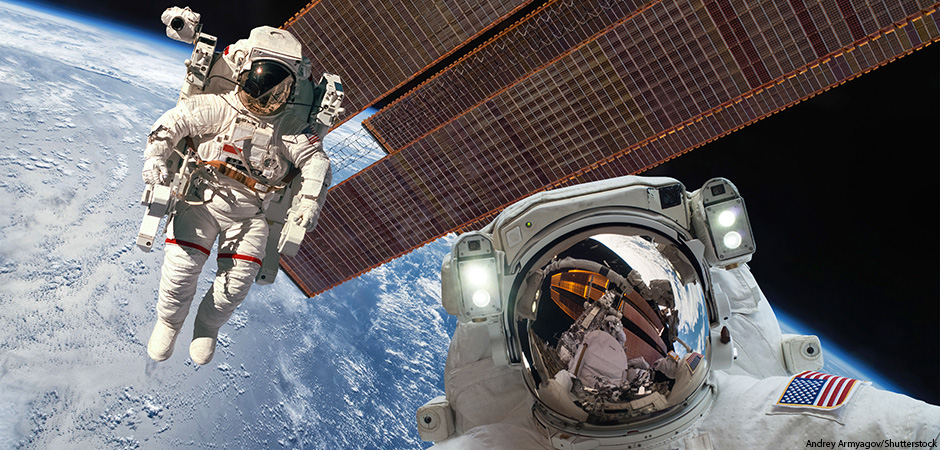
On September 29, 2022, NASA will send astronaut Nicole Aunapu Mann to the International Space Station (ISS). This marks the first time that a Native American woman will travel to space. Here, btw takes a closer look at who Mann is and what her mission will be like, as well as other possible “firsts” in her future.
Who is Nicole Aunapu Mann?
Mann is from California. She is a member of the Wailacki of the Round Valley Indian Tribes. She studied mechanical engineering at Stanford University, then became a colonel in the U.S. Marine Corps. She served in combat on aircraft carriers in Iraq and Afghanistan and was awarded six medals for her military service. In 2013, she became an astronaut. Mann is the mission commander of the SpaceX Crew-5 mission. This will be her first spaceflight. While on the ISS, Mann and her team will conduct 250 scientific experiments.
Mann has spoken about the importance of breaking down barriers so that other Native Americans will be able to follow in her footsteps. Although astronauts are allowed to bring only about 3.3 pounds of personal items on board the ISS, Mann is including a dreamcatcher from her mother. Dreamcatchers are important in many Native cultures. They symbolize unity and provide protection.
Breaking Barriers
This mission might not be the only “first” in Mann’s career. She has also been identified by NASA as a possible candidate for a future Moon landing. The last Moon landing occurred in December 1972, almost 50 years ago. NASA is taking the first steps toward putting an astronaut on the Moon’s surface once again. On August 29, 2022, the space agency plans to launch a new Moon rocket called the Space Launch System (SLS). The SLS won’t have any people on board, but it will have three mannequins with sensors on them. These sensors will measure conditions on board the rocket, such as radiation and vibration. This data will help NASA prepare for future missions that will include astronauts. The new Moon landing program is called Artemis. This test mission is called Artemis I. Artemis II (in 2024) will be the first crewed launch; and Artemis III (in 2025) will be the first Moon landing. NASA has already promised that Artemis III will put the first woman on the Moon, and that woman may be Nicole Mann.
Beyond the Moon?
NASA plans to use the SLS technology to send astronauts to Mars as soon as the 2030s, and the Artemis program is a key step in that process. The SLS crew capsule is also more spacious, making it appropriate for longer journeys. You will be able to follow along with the entire six-week mission in real time by visiting this NASA website.
